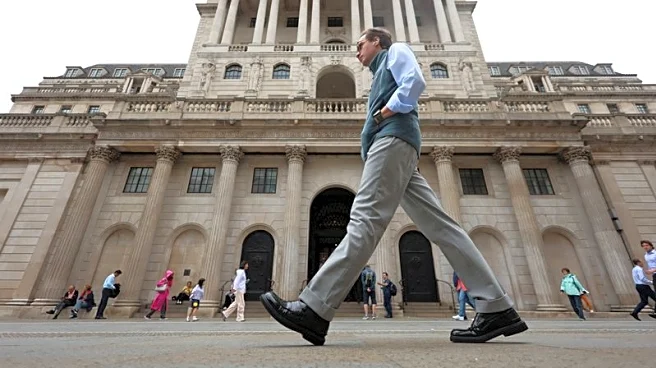What's Happening?
The U.S. Federal Reserve is set to vote on a proposal to overhaul its annual stress tests for large banks. This change aims to make the process more transparent by opening up the models and scenarios used in the tests. Historically, these tests have been
criticized by banks for being opaque and unpredictable. The stress tests, introduced after the 2008 financial crisis, assess how banks would perform during severe economic downturns. The results influence the amount of capital banks must hold. The proposed changes are expected to allow banks to better manage their capital, potentially leading to increased lending and shareholder returns.
Why It's Important?
The proposed changes to the stress tests could significantly impact the banking industry by reducing the volatility associated with capital requirements. This transparency could enable banks to optimize their capital usage, potentially leading to more lending and economic activity. The move is seen as a win for banks, which have long lobbied for a more predictable testing process. However, it also raises questions about whether increased predictability might reduce the effectiveness of the tests in ensuring financial stability. The outcome of this proposal could influence regulatory approaches and the financial health of major banks.
What's Next?
The Federal Reserve's decision on the proposal will be closely watched by banks and financial analysts. If approved, the changes could be implemented in the next round of stress tests. Banks may adjust their capital strategies in anticipation of the new rules. Additionally, the proposal may face scrutiny from policymakers and consumer advocates concerned about financial stability. The banking industry will likely continue to engage with regulators to shape the final implementation of the changes.














